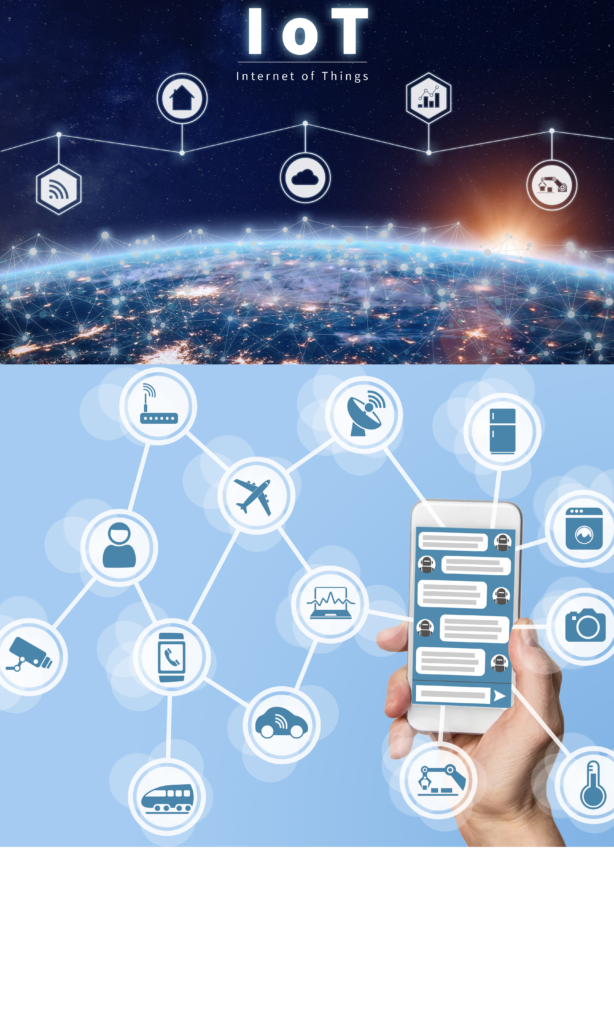
Internet of Things
This conspiracy will cover the Internet of Things, and what it is and how it will work.
The Internet of Things is any network that has embedded within it sensors and software to enable a function or communicate a message.
Sensors are at the heart of the IOT. Let’s say that you have a patient at home who is attached to a monitor.
The sensors are monitoring the patient’s vitals on a continuous basis.
As long as the data coming from the sensors are within the normal parameters there’s no need for alarm.
But if something changes in the patients conditions the sensors will send a signal to the patients doctor and even notifying the hospital.
Where the Internet Comes In
Each smart device has to have its own i.d. and a unique address.
So how does all of this data get to the doctor and the hospital? The answer is the Internet. Thus the title The Internet of Things.
By now everyone knows what the internet is, but what are the things?
These things are the devices that are performing a specific purpose.
In the above example we described a medical use.
In reality there are are millions of things to be connected.
Smart Devices
By now you’ve no doubt heard of Smart TV’s a smart feature in these can turn them off when you are no longer in the room. This saves energy usage. That’s just a small example.
Big Data
You’ve also no doubt heard about 5 G for Smart phones. This is a method for moving large amounts of data rapidly. This allows for video streaming and faster downloads.
The IoT Ecosystem
There are various layers of elements to accomplish the task at hand.
The sensors gather the data, the processors need to send this to the Application layer.
Next the processing layer processes the data. Next the data gets passed on to the cloud to be transported to the security layer to ensure the data is pure.
If the data is good it then moves on to the next layer. This might be the receiving layer where the information gets read and or displayed.
As you can see that as these Smart Systems role out, the loading of data on the Internet becomes huge. For these reasons computing large amounts of data will be necessary.
There are thousands of different sensors today. Environmental sensors, medical sensors, infrared sensors, all of this becomes a huge amounts of data.
When the sensors send out their data this data will go through a gateway.
The gateways hold the data until its able to go to the cloud and get communicated to the end user. This is the commutation level.
In Summary
The primary elements of a smart system are:
Perception, Processing, Communication, Middleware, Applications
Hope this gave you a basic understanding of the some of the issues involved with Smart Systems.

